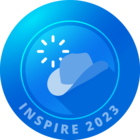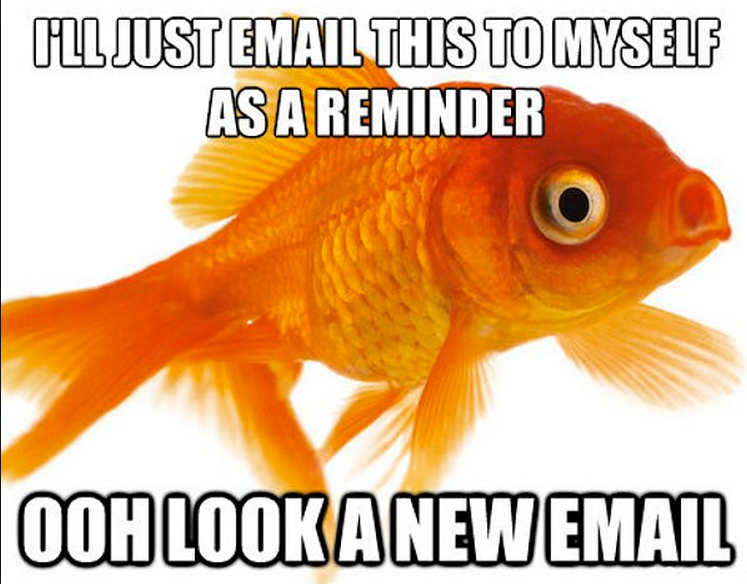Welcome to the first installment of the new Docebo Content Corner!
💙 What’s happening in the world of learning content
We’ll roundup *hot off the press* learning content trends, news, and articles so you can stay up to date on what’s happening in the world of learning content. If you’re anything like me and prefer your information short and entertaining, be sure to check out this special edition video that gives you all the good stuff, plus, you may let out a chuckle (or two!) along the way.
To kick off our very first content roundup, let’s discuss microlearning and the impact it can make on a learning strategy.
🔬The Science Behind Microlearning
Did you know humans officially have shorter attention spans than a goldfish ![]() ? Honestly, I had a feeling it was bad (thanks to the binge worthy TikTok and YouTube) but I had no idea it was that bad. Well, at least the days of dry course materials are behind us, right!? While this may seem like a new trend, humans have always retained more information in shorter spans. So, let’s take a look at why this is and why microlearning is so impactful.
? Honestly, I had a feeling it was bad (thanks to the binge worthy TikTok and YouTube) but I had no idea it was that bad. Well, at least the days of dry course materials are behind us, right!? While this may seem like a new trend, humans have always retained more information in shorter spans. So, let’s take a look at why this is and why microlearning is so impactful.
The National Institute of Health examined microlearning and the effect it has on the brain. Spoiler alert: humans are 87% more likely to remember information if they hear it more than once. We are a species that craves repetition, making microlearning a secret weapon when it comes to keeping learners engaged. Why is microlearning so effective, you ask? One word: psychology.
📑 Backed by research
Learning is dynamic, complicated and personal. It can vary deeply from person to person. However, there are three universal pillars that impact our learning: behaviorism, constructivism, and cognitivism. When we understand these pillars and the impact they have on our learners, we’re much more likely to create content that sticks. Intrigued? Let’s dive in! ![]()
- Behaviorism is a psychological theory based on the belief that human behavior is a result of our environmental stimuli. Simply put, behavioral psychologists believe that all behaviors are a result of experience and conditioning. Why does that matter when it comes to learning? Conditioning requires repetition. In order for someone to learn or change their behavior, they have to be exposed to the same environmental stimuli multiple times. Why does this matter in the world of elearning? Humans need repetition. On average, learners need to hear the same information five times before it sticks, meaning your audience might need five reminders on the course you spent hours creating before it actually sticks.
- The central idea behind Constructivism is that learners build new knowledge on the foundation of previous experiences. It is based on the belief that learning is active, social, and built on experiences they’ve had in the past. Constructivism allows learners to continuously build off their previous knowledge or experiences through short, bite-sized pieces of information.
- Cognitive psychology focuses on how information is received, organized and stored in the mind. Its central idea is that learning is a process of organizing information into conceptual models. Cognitivism stresses the importance of memory and repetition. How do microlearning and cognitivism fit together, you ask? Microlearning content fits nicely into an audiences’ workflow, increasing their chances of retention.
🔮 It’s the future
Humans are hard-wired for microlearning. And, while deep transformational courses still play an important role in a learning strategy, they won’t be nearly as transformational without microlearning content working hand in hand.
Incorporating microlearning into your learning strategy can be a game changer when it comes to your learners’ engagement and retention. But...don’t just take it from me.
![]() I’m thrilled to spotlight a fellow customer,
I’m thrilled to spotlight a fellow customer, ![]()
So, I’d like to know:
-
Are you incorporating microlearning in your learning strategy?
-
If yes, how has microlearning impacted your learning strategy?
-
If no, what’s stopping you from incorporating microlearning into your learning strategy?
Let’s discuss ![]()









